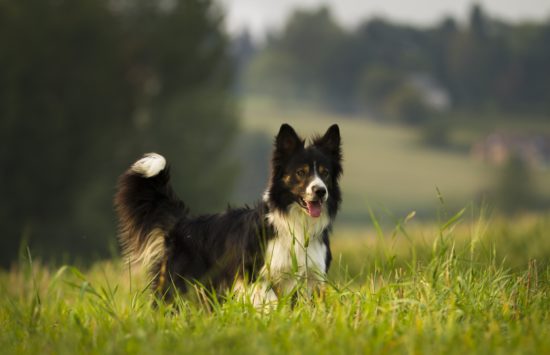Insects, Rodents, and Pets as Reservoirs, Vectors, and Sentinels of Antimicrobial Resistance
This paper reviews the occurrence of antimicrobial resistance (AMR) in insects, rodents, and pets. Insects (e.g., houseflies, cockroaches), rodents (rats, mice), and pets (dogs, cats) act as reservoirs of AMR for first-line and last-resort antimicrobial agents. AMR proliferates in insects, rodents, and pets, and their skin and gut systems. Subsequently, insects, rodents, and pets act as vectors that disseminate AMR to humans via direct contact, human food contamination, and horizontal gene transfer. Thus, insects, rodents, and pets might act as sentinels or bioindicators of AMR. Human health risks are discussed, including those unique to low-income countries. Current evidence on human health risks is largely inferential and based on qualitative data, but comprehensive statistics based on quantitative microbial risk assessment (QMRA) are still lacking. Hence, tracing human health risks of AMR to insects, rodents, and pets, remains a challenge. To safeguard human health, mitigation measures are proposed, based on the one-health approach. Future research should include human health risk analysis using QMRA, and the application of in-silico techniques, genomics, network analysis, and ’big data’ analytical tools to understand the role of household insects, rodents, and pets in the persistence, circulation, and health risks of AMR.
AMR NEWS
Your Biweekly Source for Global AMR Insights!
Stay informed with the essential newsletter that brings together all the latest One Health news on antimicrobial resistance. Delivered straight to your inbox every two weeks, AMR NEWS provides a curated selection of international insights, key publications, and the latest updates in the fight against AMR.
Don’t miss out on staying ahead in the global AMR movement—subscribe now!







